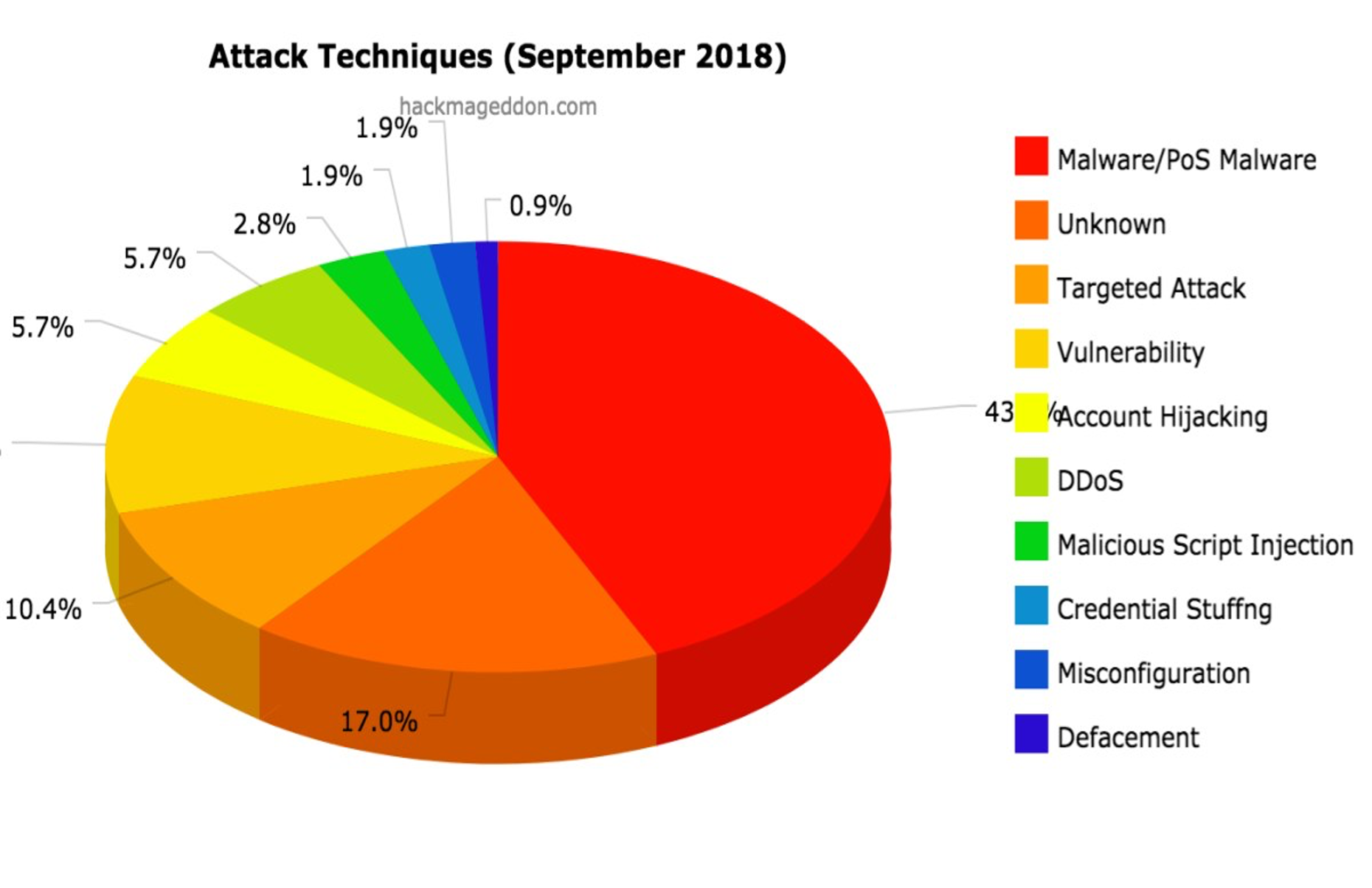
In today’s business world, there’s seldom a more important asset for companies than data. Data plays a critical part in today’s business and should be secure and robust at every step. Furthermore, data integration today, as well as data migration, must be established and seamless.
It doesn’t matter how the data moves, be it from a data lake, a repository, a data warehouse, or through the cloud – your company needs a fully formed, consistent and quality data migration plan in order to keep your budget in order and keep data operations operating at maximum efficiency and effectiveness.
What Exactly is Data Migration?
Data migration simply refers to the process of moving data from one system to a different system. The concept is straightforward and may seem easy at first glance but executing data migration takes adequate planning and purpose. Usually, data migration must have a change in storage, database, or application. In addition, data migration is performed in multiple steps, including transformation and loading, especially when thinking in an extract/transform/load – or ETL – context.
Put simply, the data must be extracted before it is prepared and loaded onto another system. There are many reasons a company may choose to undertake data migration, such as an overhaul of the current system, an upgrade to databases, or to establish a new data warehouse.
The Importance of Data Migration Strategy
Whatever the reason your company has chosen to perform your data migration, the goal is always to increase performance and be better equipped to handle competitors in your field. This takes time and know-how, however. Without properly planning out your data’s big move, your data could be riddled with inaccuracies, which in turn could lead to several redundancies and unwanted variables. This malfunction in data migration can occur even when source data is fully usable.

Additionally, the problems which your data incurred before the migration will only be amplified when brought into a more complex system. A data migration strategy brings you peace of mind and ensures that your data is kept intact when its transferred. If you want your data migration to succeed, you need a strategy, and that strategy needs to be told to your IT team and those who will be responsible for the migration.
A full, complete data migration strategy will involve knowing your data, including giving your source data a full audit, and cleanup, which means fixing any issues you currently see in the source data. After these steps are complete, your team should perform maintenance, such as creating controls to maintain data quality, and governance, so your company can track and report data after the migration is complete.
Big Bang Migration
There are two major categories for data migration are “big bang” and “trickle.” Big bang migration means transferring your data in a set timeframe. This method is quicker than trickle, but it also means your team will be operating with a downed system, as systems temporarily cease functioning when ETL processing and transferring begin. If your company can spare the resource which is being transferred, this is a great method, and usually headache free.
Trickle Migration
Trickle migration is essentially the opposite of big bang migration. Trickle migrations entail completing the migration processes in phases. Your new and old systems will actually run together during trickle migration, which eliminates downtime for your system and doesn’t mean you have to spare an important resource. Trickle migration will take a longer time than big bang migration and the process is usually more complex. However, this complexity means reduced risks and is a safer way for your company to migrate your data.
See the graph below how hackers can take hold of your data:
Final Thoughts
Data migration is usually necessary every few years or so. Don’t fret if your business must induce data migration; just make sure your company is well planned for the event, has gone through the necessary steps with your source data, and chooses a method of migration which works best for the company and its employees.
Need help with your data migration? Next I.T. is here! Contact us today:

